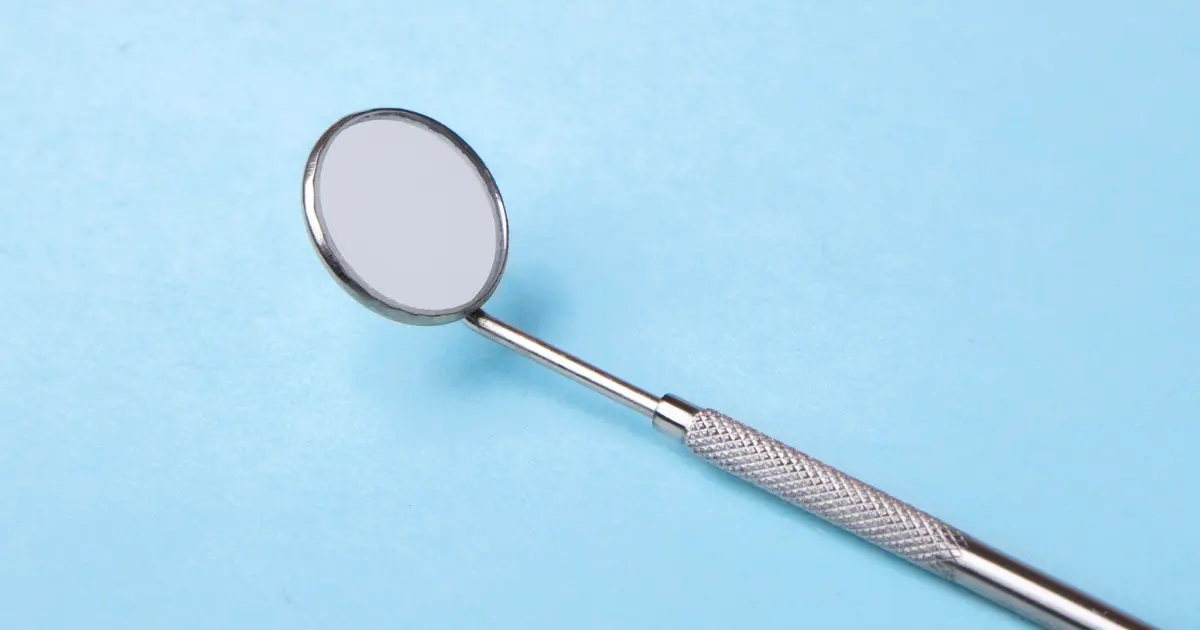The scaling of your teeth may be tell by your dentist. Usually, root planning done in conjunction with this operation. In other words, these actions referred to as ‘deep cleaning.’ Root planing and scrubbing of teeth are treatments for persistent periodontal disease. They go further than a regular tooth cleaning.
Depending on the severity of your chronic periodontal disease. Also if you have receding gums, teeth scaling. And root planing may need more than one dental appointment. It may cause local anesthesia. It only takes a few days to recover from this outpatient treatment, but it might take longer.
What Is the Purpose of Root Planning?

Gum disease treated with scaling and root planing. Which is involves deep cleaning below the gumline. Root planing tries to smooth the tooth’s root and make it easier for the gums to reattach to the tooth. It happens while scaling removes plaque and tartar from below the gum line. Root planning is necessary for maintaining healthy teeth and gums.
Scaling and root planing are beneficial for those with chronic periodontitis. By reducing the spaces between teeth and gums, teeth scaling and root planing assist avoid. It also helps the chronic periodontal disease-related loss of teeth, bone, and tissue. A common remedy for persistent periodontal disease is root planning. As a prophylactic strategy,, root planing should be perform on adults every six months.
One of the best methods for controlling gum disease before it gets out of control is root planning. This outpatient procedure can carry out by your dentist in their office with local anesthesia or not. You might need to make many visits to complete the procedure in some circumstances.
What Is the Purpose of Scaling?

Due to the little food particles, acids, and sugars that adhere to the thin film of saliva coating your teeth. Everyone has some degree of plaque buildup. Plaque should be remove since the bacteria that inhabit it can lead to gum disease and tooth decay.
Scaling, which is not as harsh as it sounds, is a strategy to keep your mouth clean and stop plaque buildup in the future. Although visiting the dentist to have this process done is not anyone’s fav activity. It will help you keep your mouth healthy for longer. It will also help to stop gum disease from becoming a serious problem, which is important.
What Are the Differences in Scaling and Root Planing?

Root planning is the procedure of cleaning any bacterial affected areas of the root. Plaque and tartar are remove. And the tooth’s root smoothes where it lies below the gum line as part of the therapy. Scaling is the process of removing tartar and plaque from the teeth’s surface above the gum line. Both treatments are essential to preserving healthy teeth and oral health.
These ways can lessen the negative consequences of this illness. And it can maintain the health of mouth. Differences between scaling and root planing are:
- Root planning usually focuses on the roots of teeth
- Scaling focuses on the plaques and tartar on the surface of a tooth
How Successful Are Scaling and Root Planing?

Our staff often use a cutting-edge technique. It calls periscope during scaling and root planning operations. Through magnification and lighting, this equipment enables us to see the tooth surfaces. Scaling and root planing efficacy can much enhance when periscope uses.
So gum disease therapy aims to repair diseased gum tissues. It stops more jawbone loss, and lessen periodontal pocket depths. If these objectives achieve and periodontal health preserve. Scaling and root planing are often seen as being beneficial. It may advised to schedule routine periodontal care appointments. It helps to reduce the risk of future flare-ups and prevent the disease from getting worse.






